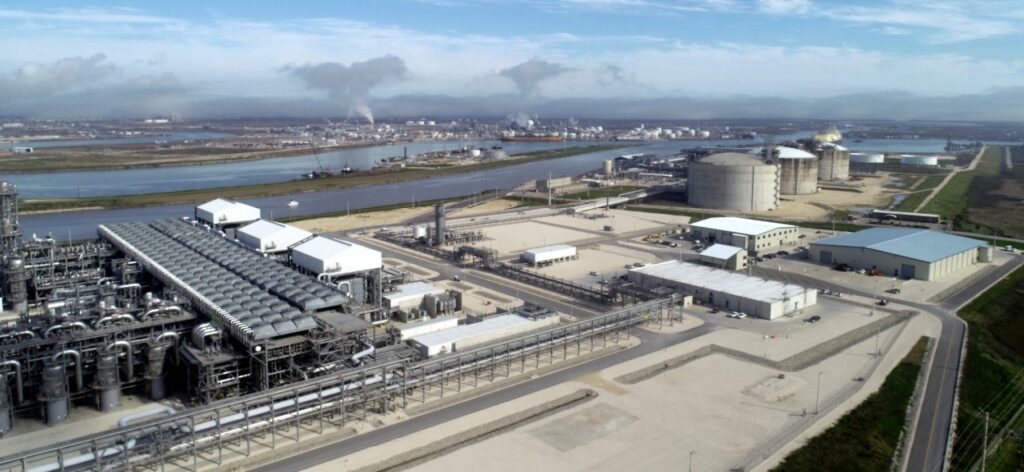US LNG exports are expected to nosedive in July and August due to a weak global market hit by the Covid-19 pandemic, according to the EIA.
The agency said in its newest short-term energy outlook that US LNG exports averaged 3.6 Bcf/d in June and expects that they will average 2.2 Bcf/d in July and August this year.
The July and August forecasts imply a 25 percent utilization of US LNG export capacity, it said.
Hovewher, EIA expects US LNG exports to increase beginning in September and average 7.1 Bcf/d from December 2020 to February 2021 as global natural gas demand gradually recovers.
As per liquefaction capacity, it continued to rise this year, and in May the third Freeport LNG train in Texas started commercial operations.
Later this summer, the Cameron LNG third train in Louisiana and three of Elba Island’s small-scale liquefaction units in Georgia will come online.
This will bring total total US liquefaction export capacity to 8.9 Bcf/d of baseload and 10.1 Bcf/d peak, EIA said.
More than 110 US LNG cargoes cancelled
U.S. LNG exports averaged 7.7 Bcf/d through the first four months of 2020, but declined by 17 percent between April and May.
A mild winter and Covid-19 mitigation efforts have led to declining global natural gas demand and high natural gas inventories in Europe and Asia, reducing the need for LNG imports, EIA said.
The agency said that historically low natural gas and LNG spot prices in Europe and Asia have reduced the economic viability of US exports, which are highly price sensitive.
According to EIA, in the summer 2020, buyers cancelled more than 70 US LNG cargoes for June and July deliveries.
Additionally, they cancelled more than 40 cargoes for August deliveries.
In comparison, the US exported 74 LNG cargoes in January 2020.
Henry Hub drops to record low
EIA said Henry Hub spot prices averaged $1.63 per million British thermal units in June, down 12 cents/MMBtu from May and the lowest inflation adjusted monthly average price since at least 1989.
Currently, the effects of reduced natural gas demand are outweighing the effects of falling US natural gas production and are contributing to low natural gas prices.
EIA expects that these conditions will largely persist in the coming months, keeping the third quarter average price at $1.65/MMBtu.
However, EIA expects general upward price pressures to emerge later in 2020 as demand for natural gas increases and production continues to decline, particularly in the fourth quarter when space heating demand rises.
EIA forecasts that the Henry Hub spot price will average $2.46/MMBtu in the fourth quarter of 2020, bringing the 2020 annual average to $1.93/MMBtu.
EIA added that it expects Henry Hub to average $3.10/MMBtu in 2021 as falling natural gas production levels continue to exert upward price pressures.

